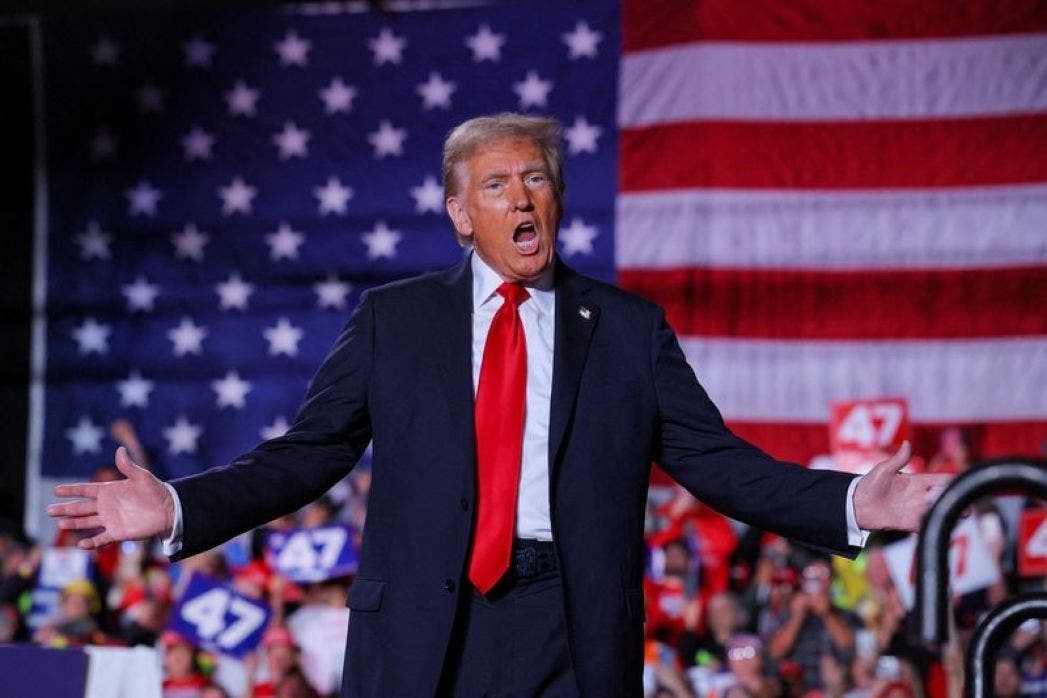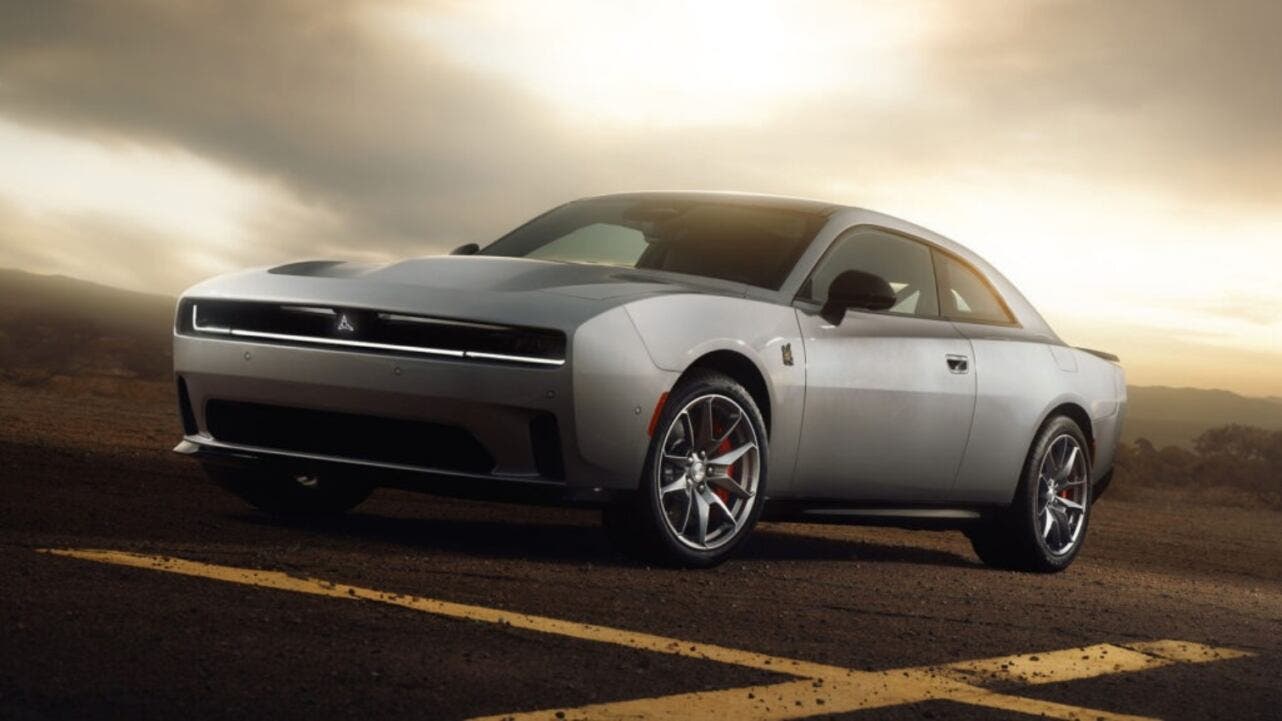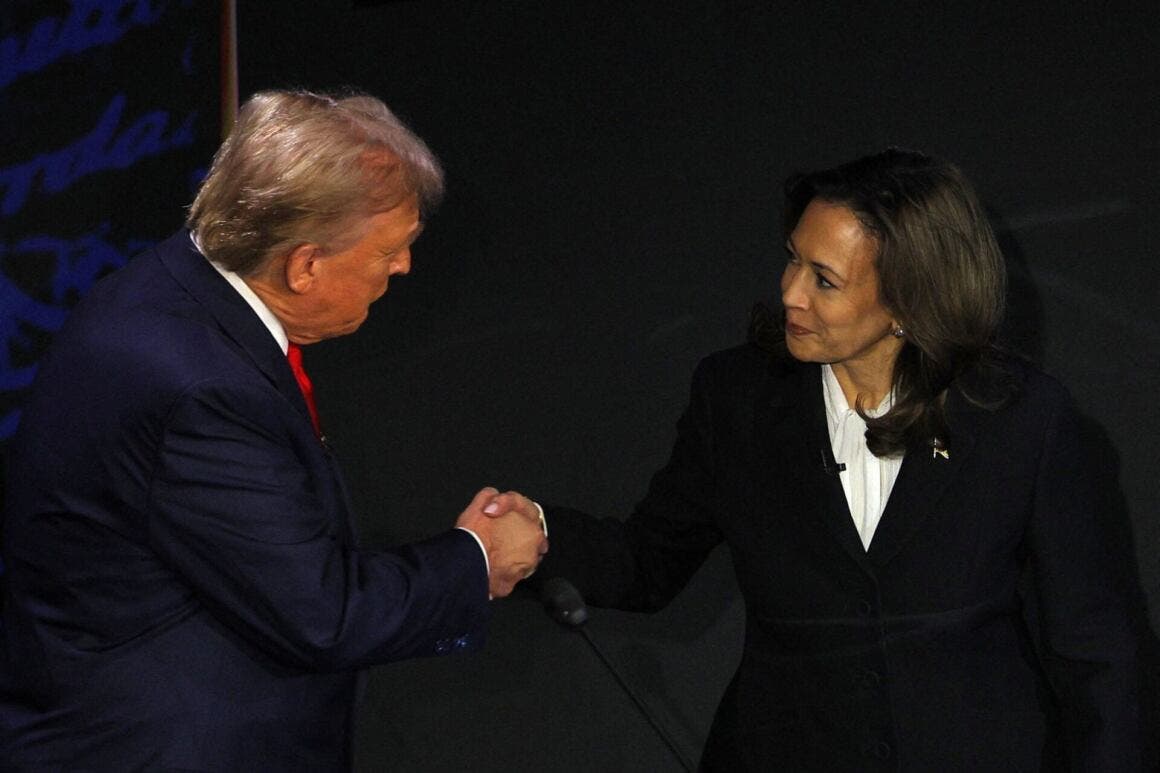Today is election day and Americans are going to the polls to choose who will lead the country for the next four years. This choice will impact the automotive sector in every way, as the two presidential candidates, Vice President Kamala Harris and Donald Trump, have different ideas regarding the future of electric vehicles and more. On one side, Harris intends to accelerate the transition to electric vehicles, while Trump intends to take a more cautious approach.
How will the automotive sector change in the coming years?

Kamala Harris’ campaign has repeatedly emphasized the importance of environmental benefits and keeping American automakers competitive worldwide. The government has already funded manufacturers, including Stellantis, to build cutting-edge infrastructure and guarantee jobs for American workers, which Stellantis currently is not maintaining. “Our administration has made it clear that American-made advanced batteries and electric vehicles are key to our economic and environmental future,” Harris said during her Michigan stop. The U.S. Vice President has assured voters she would do everything to guarantee jobs in the United States while reducing carbon emissions.
Former President Donald Trump intends to slow down the transition to electric vehicles, arguing that consumers should dictate the automotive market, not government mandates. “You shouldn’t feel forced to buy an electric vehicle when you can’t afford it,” he declared during a rally in Michigan.

According to a Detroit News poll, many Michigan voters agree with Trump’s approach, as the consequences of the transition to electric vehicles could be catastrophic for Detroit manufacturers like Ford, General Motors, and Stellantis, which are already struggling and facing thousands of layoffs. With a more cautious approach, this shouldn’t happen. According to a recent survey, only 35% of Americans would consider the possibility of purchasing an electric vehicle in the future, down from 43% in 2023.
American manufacturers like Dodge, Jeep, and Ram are about to launch several electric vehicles, such as the Charger Daytona, Wagoneer S and Recon, and the 1500 REV. Stellantis hopes these will serve as a springboard in the United States, a market consistently declining for the automotive group in 2024, partly due to the electric transition and the end of production of vehicles with the Hemi V8 engine.

Currently, only 7% of new vehicle sales in the United States represent electric vehicles, with growth slowing in 2024. Consumer disinterest in battery vehicles has forced many manufacturers to revise their strategies and investments, which raises concerns for the sector’s future. In Michigan alone, about 66,000 UAW union members are employed in the facilities of the three major automakers, and the future seems increasingly uncertain.
In the coming years, depending on American voters’ choice, the automotive sector could change totally or proceed along a more cautious and “safe” path. Automakers will act accordingly and await the outcome.

